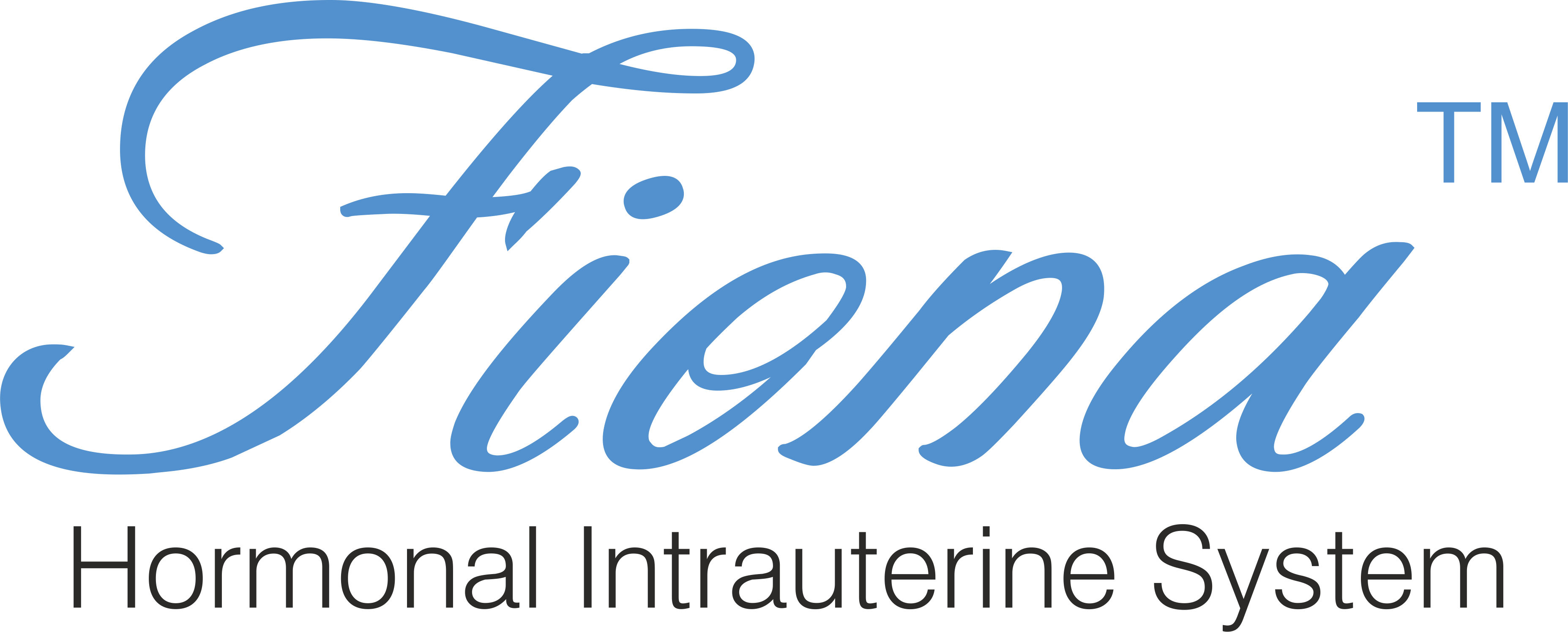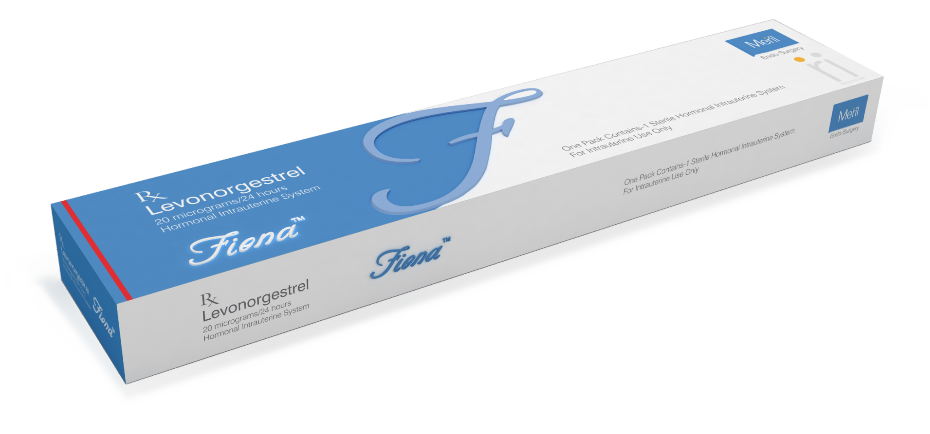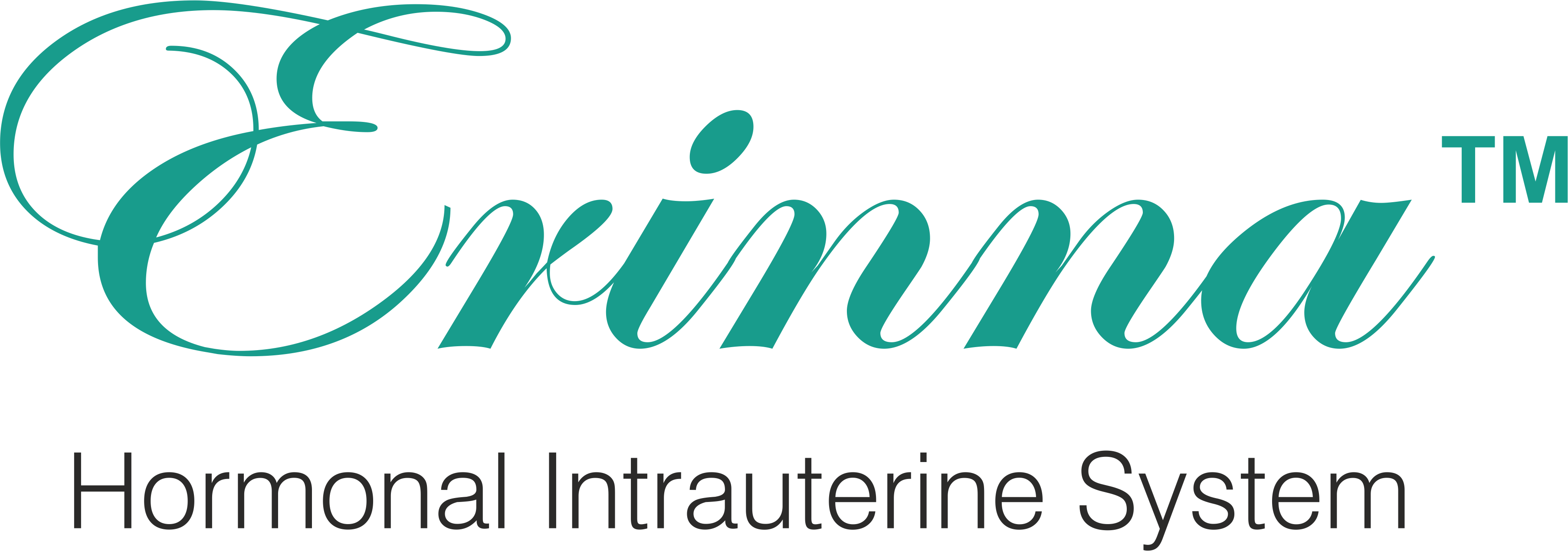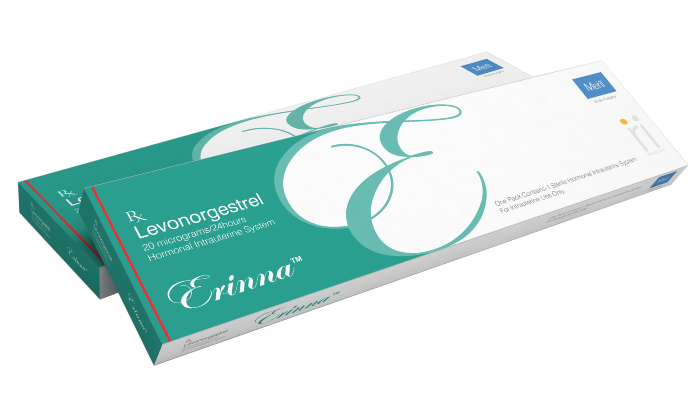ABOUT THE PRODUCT
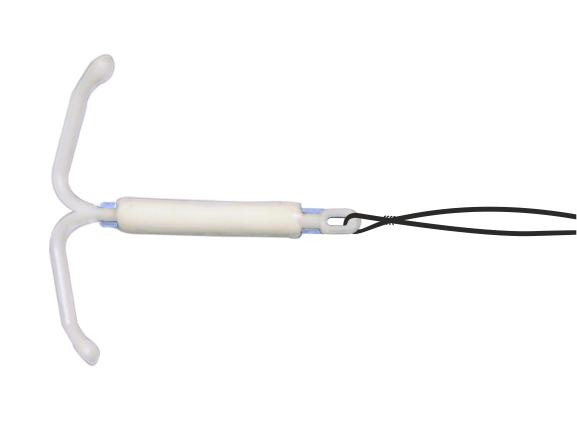
What is HIUS?
HIUS or Hormonal Intrauterine System is a small, T-shaped plastic device which is placed inside the uterus by a doctor to prevent pregnancy. It acts as a reversible contraceptive method for 5 years with high success rate of contraception. It also provides many non-contraceptive benefits.
What is HIUS made of?
HIUS is made up of T shaped plastic frame with a drug reservoir containing Levenorgestrel hormone, releasing daily dose of 20μg of LNG into the uterine cavity. The shape is chosen as to effectively fit the area of Uterus, allowing the HIUS to sit in place for years without moving around. HIUS works by releasing 20μg of LNG into the uterine cavity which enhances the contraceptive effect of HIUS.
What are the two different types of HIUS available with MES?
- •Erinna- Contains LNG ( copper T insertion method).
- •Fiona- Contains LNG ( with an applicator).
ACTION AND EFFICACY
How is the HIUS inserted?
The Doctor will examine you internally to find the position and size of your Uterus before they place the HIUS. They will also check for any possible infection. This can be done before or at the time of placing the HIUS.
You may also be given antibiotics at the same time during HIUS insertion. Inserting the HIUS may take about 15-20 minutes.
You may experience 3-5 months of frequent and irregular spot bleeding. After that due to release of hormone LNG, you will get short, light and painless periods. HIUS may cause headache, acne, breast tenderness and an increase in appetite. These symptoms usually settle after the first few months of use. Pain relieving drugs can reduce the pain, to be taken as per doctor ' recommendation.
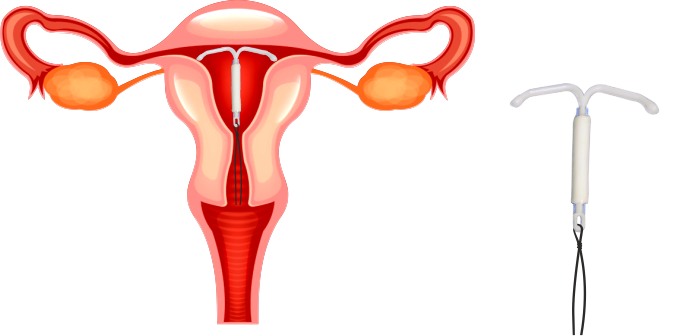
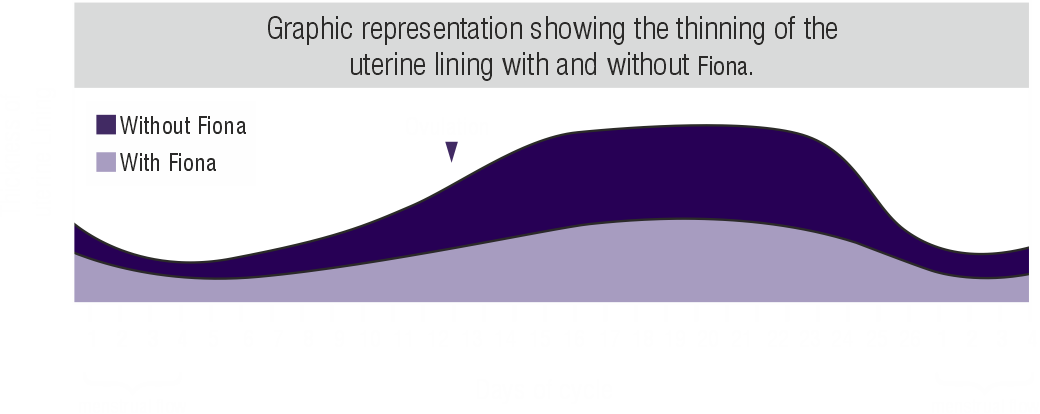
How does a HIUS work?
A HIUS prevents pregnancy by making it difficult for the sperm to enter in the uterus or to reach the egg in the fallopian tube by thickening the cervical mucus that inhibits sperm entry. It may also work by stopping a fertilized egg from getting implanted inside the uterus wall. However it does not cause an abortion.
LNG, the hormone released helps in thinning the Endometrium lining. Due to this there will be less bleeding in the secretary phase of menstrual cycle which usually has thick layer. This in turn reduces menstrual bleeding and cramping.
USAGE AND BENEFITS
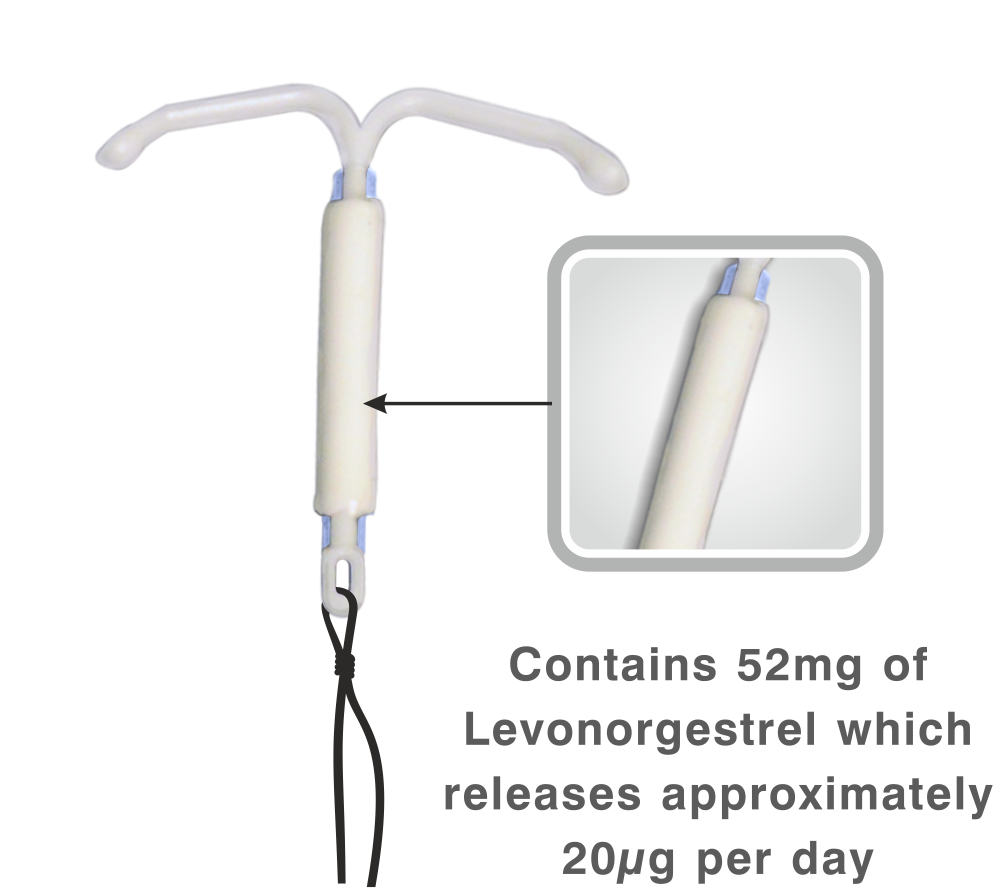
What are the advantages of a HIUS?
- •More than 99% effective in preventing pregnancy.
- •Cost effective over time.
- •Ease of use.
- •Lower risk of ectopic pregnancy.
- •No interruption of foreplay or intercourse.
- •Reduces heavy menstrual bleeding after first few months of use.
- •Reduces menstrual bleeding and cramps, eventually causing menstrual bleeding to stop altogether.
- •May prevent endometrial hyperplasia or endometrial cancer.
- •Safe to use while breast feeding.
- •Can be removed when ever you want to remove it.Fertility returns with the first ovulation cycle following the HIUS removal.
- • Can be inserted after normal vaginal delivery,cesarean section or a first trimester abortion.
What are the limitations of a HIUS?
- •You need to have an internal examination to check whether the HIUS is suitable so that it can be placed. Prior to insertion the medical contraindications for HIUS, use should be excluded on the basis of both medical history and physical examination of the woman.
- •Only a health professional can insert or remove a HIUS.
- •Ease of use.
- •Periods may be heavier for initial few months, after that bleeding will reduce and it may stop all together till the time HIUS is present inside the uterus.
- •Doesn 't protect against AIDS or any STDs.
- •Could be spontaneously expelled out of the body.
When can a HIUS be removed?
A trained nurse or doctor can take the HIUS out at any time by pulling gently on the threads. Sperms can live for up to 5 days inside your body and could cause a pregnancy once the HIUS is removed.
If you are not going to have another HIUS inserted and you do not want to become pregnant, use additional contraception such as condoms, for 7 days before the HIUS is taken out. This is to stop sperms getting into your uterus.
Your fertility returns to normal as soon as the HIUS is taken out.
WHAT PRECAUTIONS SHOULD BE TAKEN?
Prior to insertion of the HIUS,the medical contraindications for HIUS use should be excluded on the basis of both the medical history and the physical examination of the woman. Physical examination should include a pelvic examination, cervical smear, and if possible, appropriate tests for sexually transmitted disease.
After insertion,HIUS users should be re-examined shortly after the first period and after immediate post-abortion or post-partum insertion monthly during the first three months. Thereafter, appropriate examination should be carried out at regular intervals e.g. every six months.
If HIUS threads cannot be felt in a woman who has not noticed expulsion, examination is necessary to exclude perforation or unnoticed expulsion. Ultrasound or X-ray may be used to locate the device.
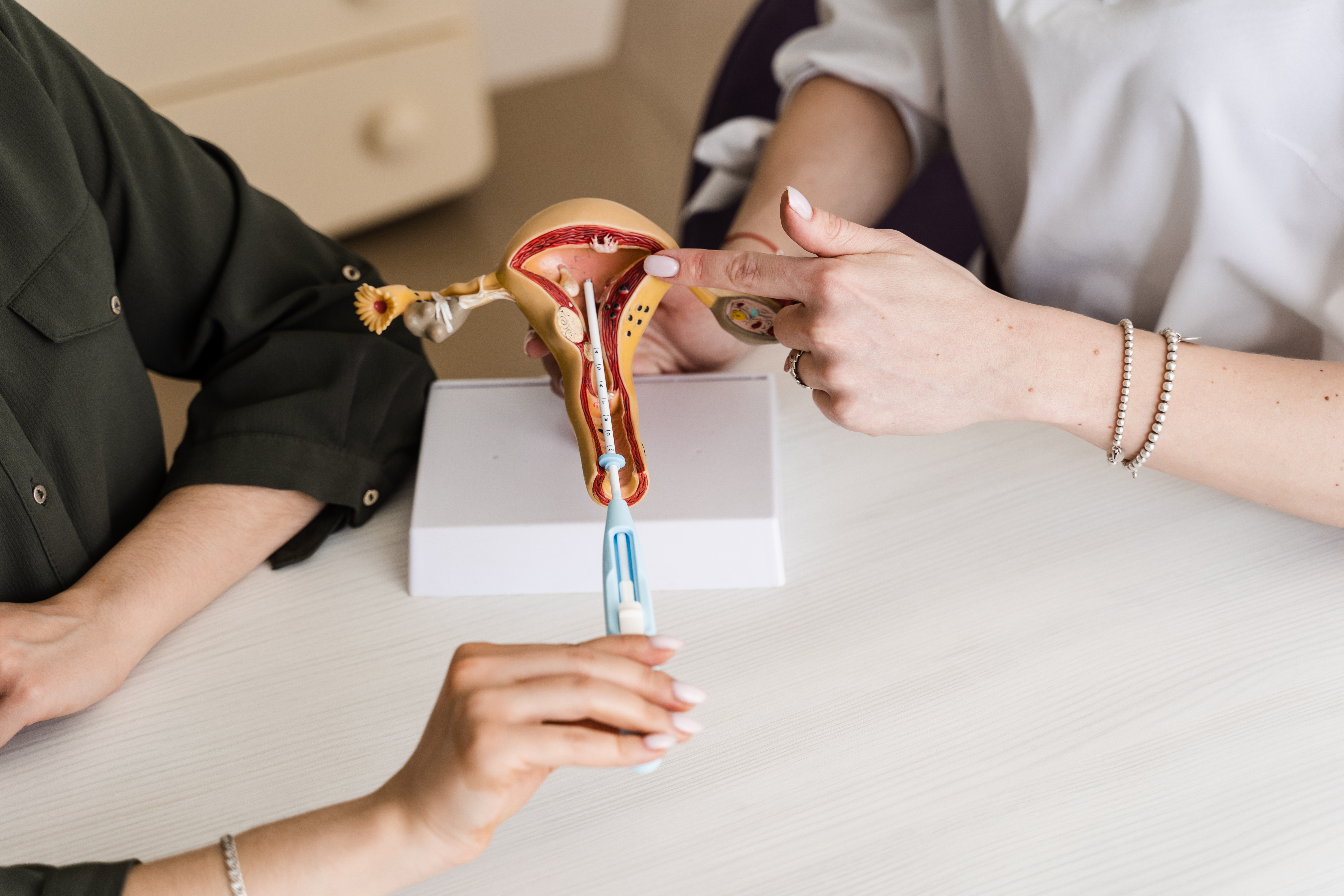
Medical Reasons for Removal
- •Pregnancy.
- •PID(Pelvic Inflammatory Disease).
- •Excessive and persistent bleeding or cramping.
- •Perforation of the cervical or uterine wall.This is extremely rare with HIUS but if it should happen, the device should be removed.
- •Downward displacement of HIUS in to the cervical canal.
- •Translocation.
Additional Warnings
HIUS do not protect against HIV infection (AIDS) or any other sexually transmitted disease
Insertion of an HIUS may precipitate a seizure in women suffering from epilepsy. Special care is therefore recommended during insertion.

